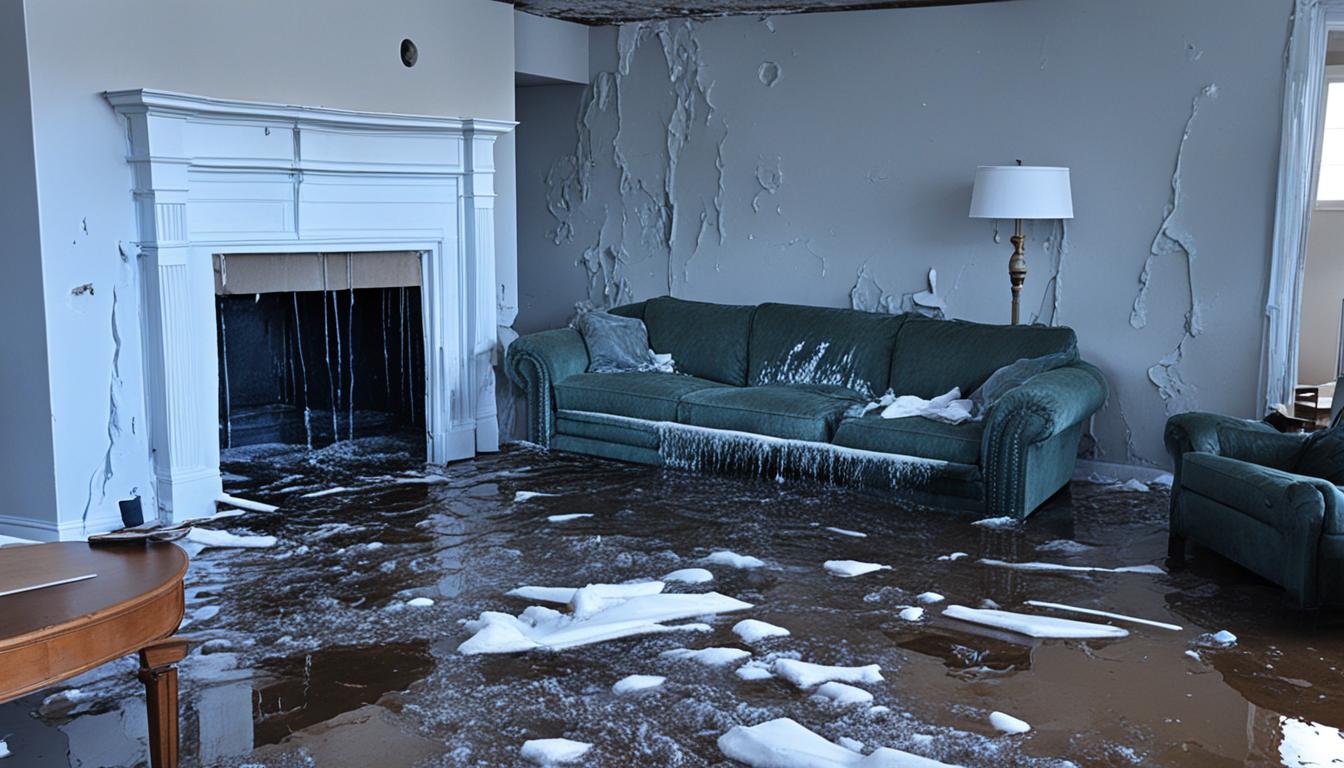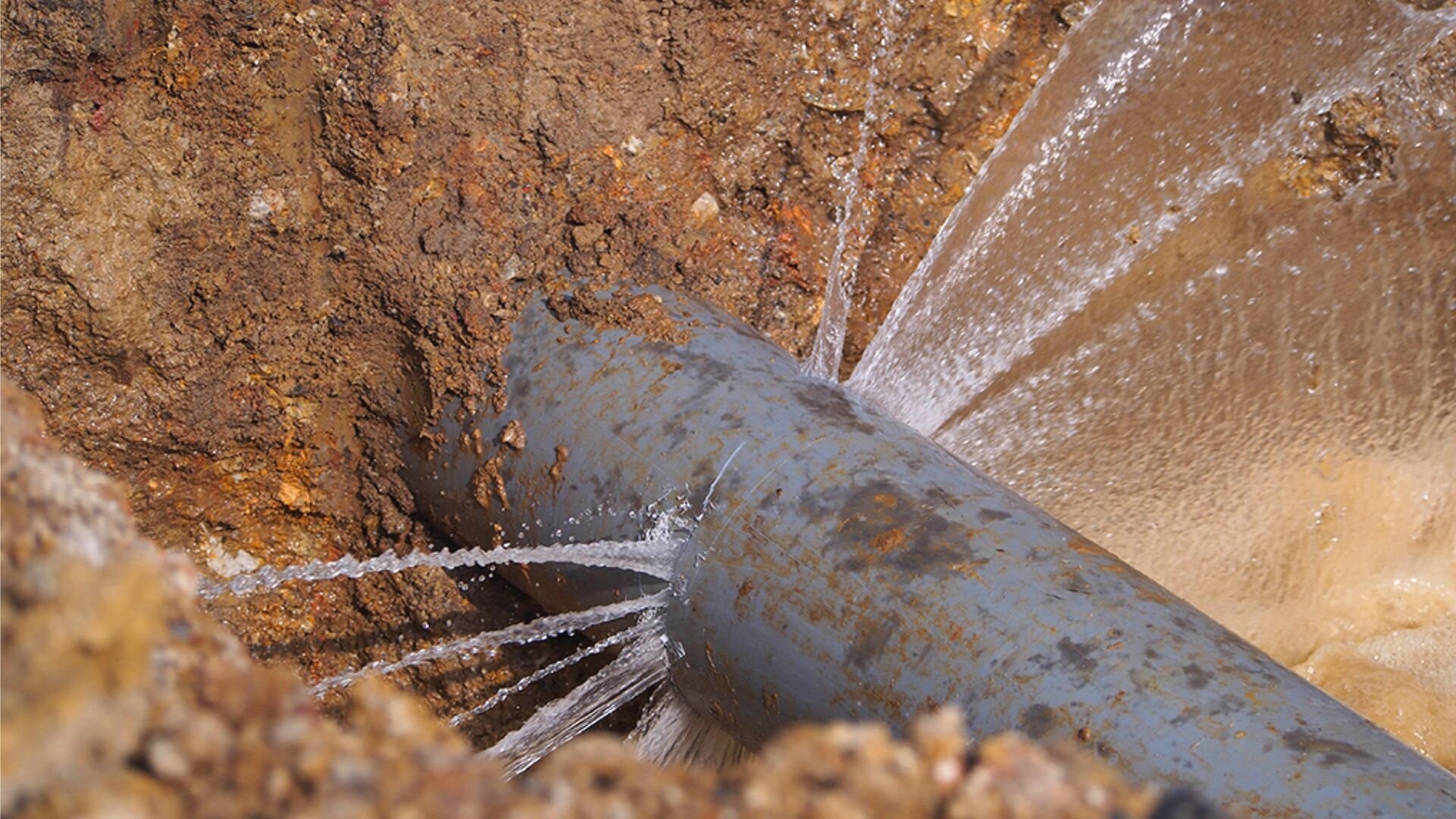How to Fix a Burst Pipe Yourself: A Step-by-Step Guide for Homeowners
How to Fix a Burst Pipe Yourself: A Step-by-Step Guide for Homeowners
Blog Article
Stopping Ruptured Piping: Vital Tips to Shield Your Plumbing
Avoiding ruptured pipelines is a critical problem for property owners, specifically during colder months when the threat of cold is heightened. Implementing tactical steps such as correct insulation, regular assessments, and preserving constant interior temperature levels can substantially minimize the chance of pipe failing. Furthermore, understanding emergency situation procedures outfits homeowners to react quickly to potential plumbing issues. Numerous are not aware of the specific susceptabilities that their pipelines might encounter. Exploring these vulnerabilities can offer important understandings right into safeguarding your pipes system effectively.
Understand Pipeline Vulnerabilities
Understanding pipeline vulnerabilities is necessary for efficient pipes maintenance and preventing pricey damages. Several elements add to the susceptibility of pipes to ruptureds, including product make-up, age, and environmental conditions. Older pipes, specifically those made from galvanized steel or polybutylene, frequently break down gradually, bring about boosted risk of leaks and tears.
Temperature level variations can also dramatically impact pipe integrity. In cooler climates, water caught in pipes can ice up, exerting and increasing pressure on the pipe walls, which may inevitably cause a burst. Furthermore, high water pressure can strain pipelines, specifically at bends and joints, heightening the likelihood of failing.

Insulate Pipes Properly
Correct insulation of pipes is important for protecting against freezing and subsequent bursts during cool weather condition (burst pipe). Insulating your pipes system effectively safeguards versus temperature level goes down that can lead to costly damage. Begin by recognizing at risk locations where pipes are revealed to outdoor temperature levels, such as basements, attics, and exterior wall surfaces
Use foam pipe insulation sleeves or wrap insulation tape around these areas to give a protective obstacle. Ensure that all areas of the pipelines, specifically those with minimal heat exposure, receive ample insulation. Pay unique attention to installations and joints, as these are a lot more at risk to cold.
When insulating, it's vital to select materials that fulfill neighborhood building ordinance and are suitable for the specific setting. As an example, fiberglass insulation is typically recommended for its thermal resistance residential properties - burst pipe. Additionally, consider making use of heat wires or tape in extreme problems, which can be plugged in to supply extra warmth
On a regular basis check shielded pipes for any type of indicators of wear or damage, as endangered insulation can reduce its effectiveness. By taking these proactive procedures, you substantially reduce the threat of pipeline bursts, ensuring a reputable plumbing system throughout the winter season.
Maintain Regular Temperature
A secure indoor temperature is crucial for preventing burst pipelines during the icy months. When temperature levels decline, water within pipes can freeze, increasing and creating stress that may eventually create the pipelines to burst. To mitigate this danger, property owners must keep a consistent temperature throughout their home, ideally no less than 55 ° F(13 ° C)Utilizing a programmable thermostat can help handle indoor temperatures efficiently, guaranteeing that spaces with pipes remain warm even when your home is unoccupied. Pay special focus burst pipe to areas that are a lot more at risk to cool, such as basements, attic rooms, and garages. Maintaining closet doors open under sinks can likewise enable warmer air from the home to flow around plumbing.
In addition, it is prudent to permit taps to leak a little during extreme cool spells. This minor flow of water can avoid cold by alleviating pressure within the pipes. Moreover, during particularly serious weather condition occasions, think about briefly putting on hold any type of nighttime setbacks on your thermostat to maintain a consistent cozy setting. By applying these approaches, house owners can dramatically reduce the risk of pipeline bursts and guard their plumbing systems against the extreme winter elements.
Frequently Inspect Pipes
Routine inspections of pipes systems are essential for avoiding burst pipelines and keeping general home honesty. Regular checks permit home owners to determine prospective concerns before they rise into expensive repair services or major water damage. Throughout these examinations, it is vital to analyze noticeable pipelines for indicators of deterioration, leakages, or use. Pay special focus to areas susceptible to freezing, such as basements, attics, and outside wall surfaces.
Furthermore, evaluating joints and connections is important, as these factors are frequently susceptible to leaks. Homeowners should also evaluate water pressure degrees, as extreme pressure can strain the plumbing system and raise the danger of pipe ruptureds.
Take into consideration organizing specialist pipes evaluations at the very least once a year, particularly prior to wintertime, to guarantee your system is prepared for colder temperatures. By being proactive in your method, you can protect your home against the disruptive and expensive consequences of burst pipelines.
Know Emergency Situation Procedures
Recognizing emergency treatments is important for every homeowner, particularly after performing routine pipes assessments. Being prepared for a plumbing emergency can substantially mitigate damages and save costs.
Next, maintain important tools handy. A pipes emergency set must consist of a wrench, bettor, and towels, click over here along with a flashlight and a pail for tiny leakages. Additionally, take into consideration having the contact information for a trusted plumber easily available, must the situation intensify beyond your control.
If you identify a leakage or ruptured pipeline, right away switch off the water system and inform your plumbing technician. Furthermore, document the damages with photographs for insurance coverage objectives. burst pipe. Know the indications of prospective pipes problems, such as uncommon water pressure variations or damp areas on walls
Eventually, positive knowledge and speedy action are vital in handling pipes emergencies, guaranteeing your home continues to be safeguarded and reducing prospective damage.

Verdict
Finally, protecting against burst pipes requires more a multifaceted technique that consists of understanding pipe vulnerabilities, appropriate insulation, preserving constant indoor temperature levels, regular assessments, and understanding of emergency situation treatments. By executing these important techniques, the risk of pipes failings can be substantially decreased, consequently ensuring the longevity and effectiveness of the pipes system. Positive steps not just safeguard against prospective damage yet additionally contribute to general water conservation and the defense of residential property.
In chillier environments, water caught in pipelines can ice up, exerting and increasing stress on the pipe wall surfaces, which might eventually lead to a ruptured. When temperatures decrease, water within pipelines can freeze, producing and expanding pressure that may inevitably create the pipes to burst. By applying these techniques, homeowners can substantially minimize the risk of pipe bursts and guard their plumbing systems against the harsh winter months components.

Report this page